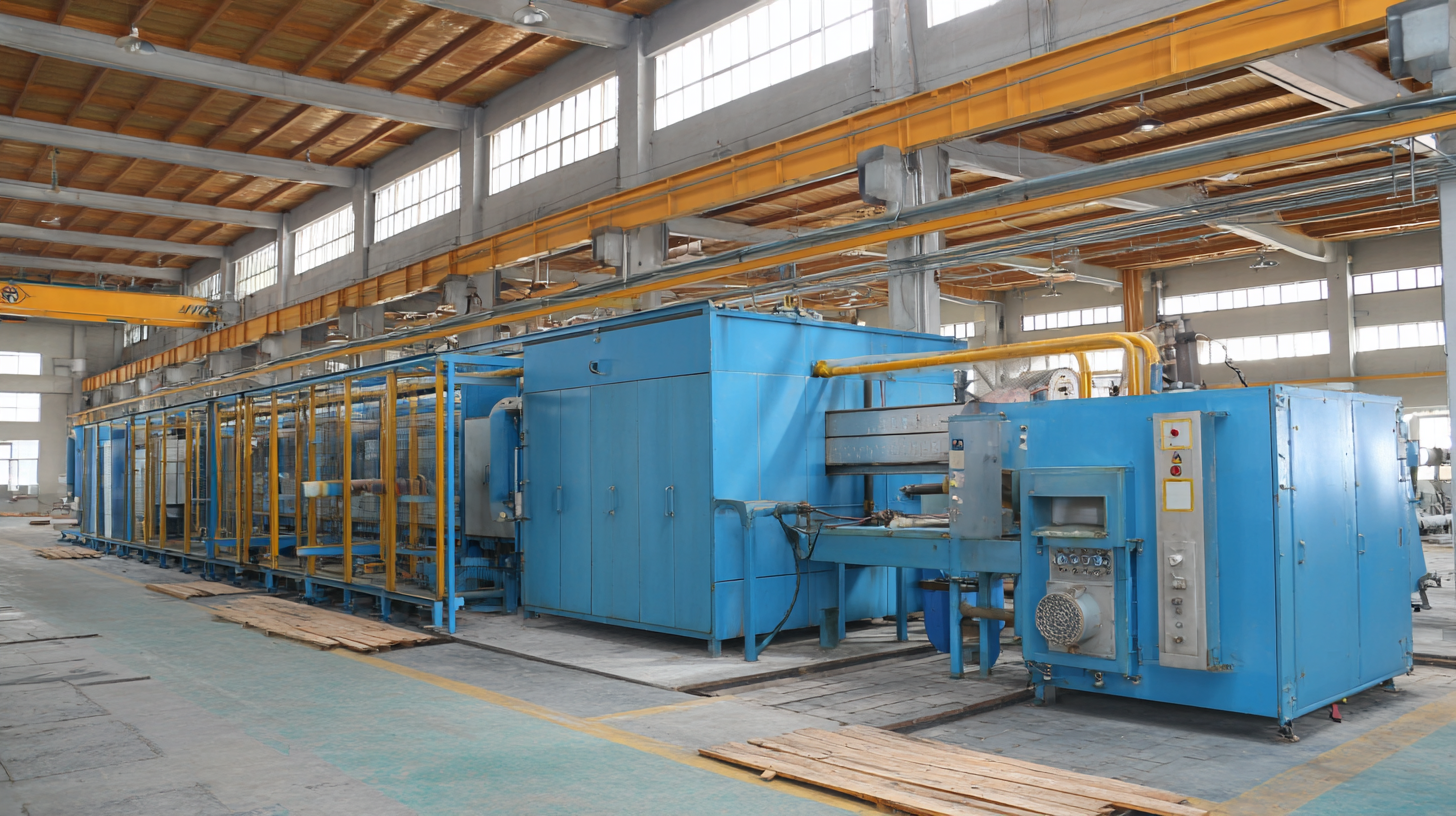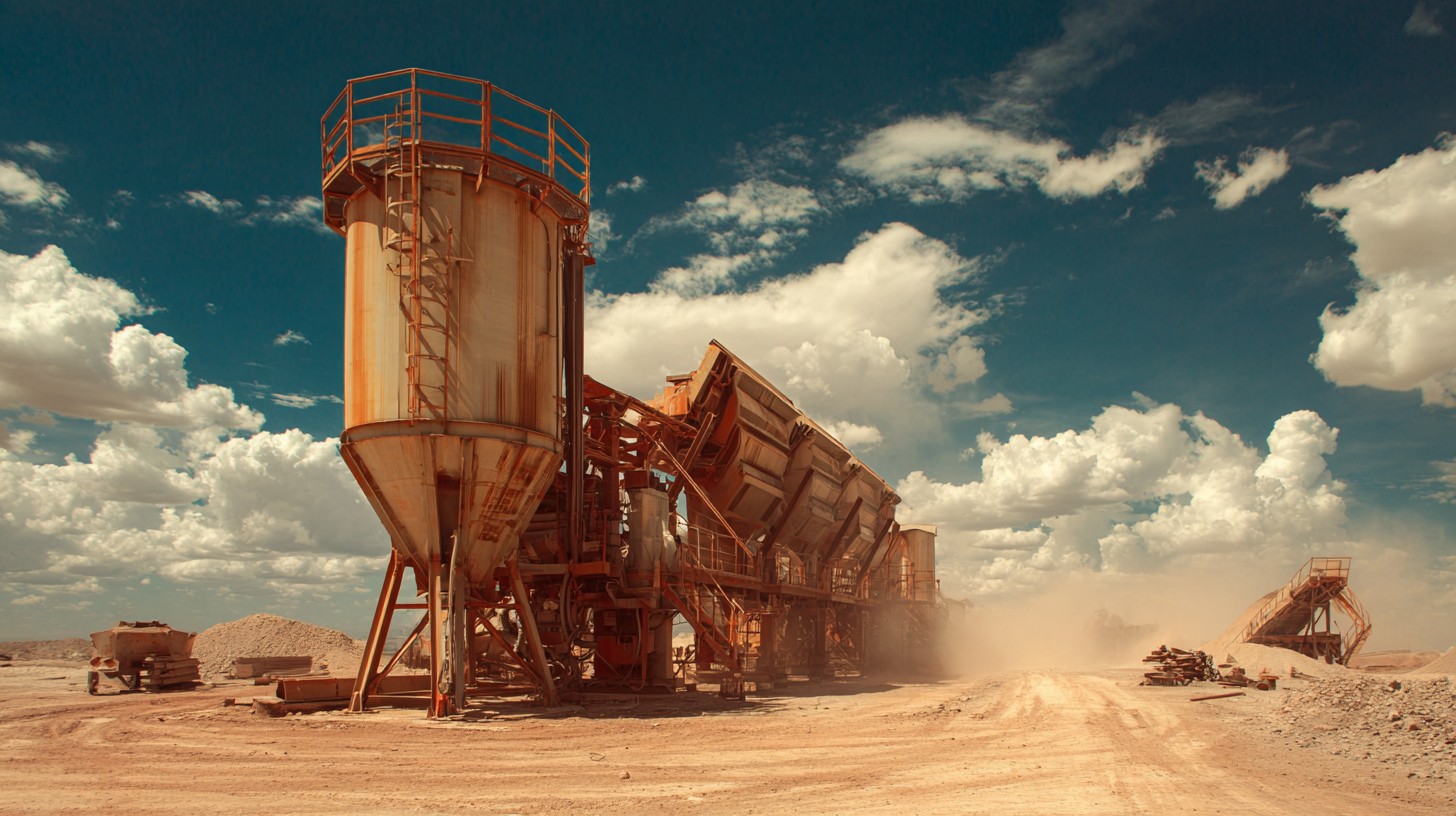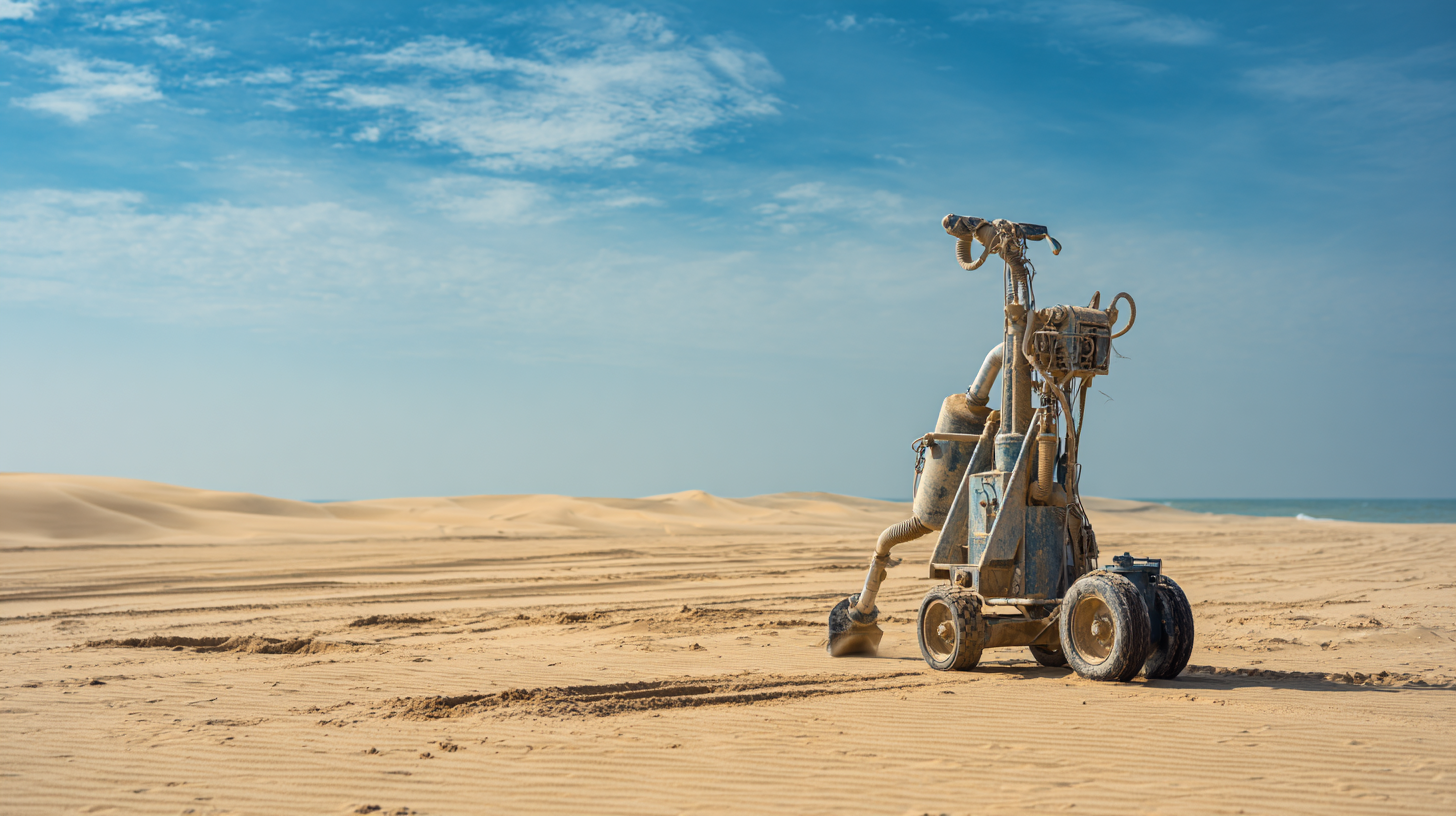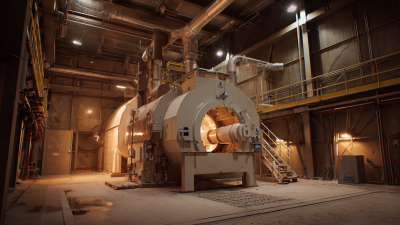How to Choose the Right Sand Blasting Machine for Your Business Needs
In the competitive landscape of manufacturing and surface finishing, selecting the right
Sand Blasting Machine is crucial for
optimizing efficiency and quality. According to recent industry reports, the global
sandblasting equipment market is projected to reach
USD 4.5 billion by 2026, with a
significant CAGR driven by innovations in technology and increasing demands for surface
preparation in various sectors including
automotive, aerospace, and construction.
As businesses seek to enhance their operational capabilities,
understanding the different types and features of
sand blasting machines becomes
essential. Choosing the appropriate equipment not only impacts productivity but also
influences the quality of finished products. In this blog, we’ll explore key factors
to consider when selecting a
Sand Blasting Machine tailored to
your specific business needs, ensuring you make an informed investment that aligns with
your operational goals and market demands.
Understanding Different Types of Sand Blasting Machines and Their Applications
When selecting a sand blasting machine for your business, it's essential to understand the various types available and their specific applications. Different sand blasting machines cater to distinct needs, whether for surface preparation, cleaning, or finishing processes. For instance, traditional dry sand blasting machines are widely used in automotive and industrial sectors for their effectiveness in removing rust, paint, and contaminants. However, newer technologies such as dry ice blasting are rapidly gaining popularity due to their eco-friendly nature and superior cleaning capabilities without damaging the substrate.
Moreover, considering the growth trajectory of the sand blasting machine market is crucial for making an informed decision. With projections indicating a steady increase in market size, exploring alternatives like soda blasting is becoming imperative. This method not only aligns with environmental regulations but also offers versatility in applications, ranging from mold removal to graffiti cleaning. As industries evolve, understanding the specific requirements of each application will enable businesses to choose a sand blasting machine that optimizes their operations while remaining compliant with emerging standards.

Key Factors to Consider When Selecting a Sand Blasting Machine for Your Operations
Choosing the right sand blasting machine is crucial for optimizing your operational efficiency and achieving the desired surface finish for your products. One of the key factors to consider is the type of material you will be blasting. Different materials, such as metals, plastics, or composites, may require specific types of machines or abrasive materials to achieve the best results. Additionally, assess the scale of your operations; larger businesses may benefit from more robust and automated machines, while smaller operations might find portable or manual models sufficient.
Another important aspect is the machine's capability in terms of pressure and the size of the nozzle. Higher pressure settings can improve blasting efficiency and reduce processing time, but they also require more careful handling and safety measures. Furthermore, the nozzle size affects the speed and consistency of the blasting process, impacting the final outcome. It’s essential to evaluate these features in relation to your specific production needs to ensure that the chosen machine aligns with your business goals.

Analyzing Cost-Effectiveness of Various Sand Blasting Technologies in Industry
When selecting a sand blasting machine, cost-effectiveness is a paramount consideration for businesses seeking efficient surface treatment solutions. The shot blasting machine market is projected to grow significantly, rising from $1.41 billion in 2025 to an anticipated $2.22 billion by 2032, at a compound annual growth rate (CAGR) of 6.7%. This growth reflects the increasing demand for advanced surface preparation techniques across various industries.
To maximize your investment, it’s essential to analyze the total cost of ownership, including equipment prices, operational expenses, and maintenance needs. Different technologies offer varied benefits at distinct price points. For instance, while traditional methods may have lower upfront costs, modern shot blasting machines provide higher efficiency and reduced labor costs, leading to improved long-term savings.
**Tip 1:** Consider your industry's specific requirements and the scale of operations. Assess what applications the blasting machine will be used for to ensure it meets your performance standards.
**Tip 2:** Evaluate different abrasive media options and their costs. The global abrasive blast media market is diversifying with options such as steel abrasives and glass beads, each suited to different applications and budgets.
By focusing on the cost-effectiveness of your sand blasting technology, you can ensure that your business remains competitive and efficient in the ever-evolving market landscape.
Cost-Effectiveness Analysis of Sand Blasting Technologies
Comparative Review of High-Pressure vs. Low-Pressure Sand Blasting Systems
When selecting a sand blasting machine for your business, understanding the differences between high-pressure and low-pressure sand blasting systems is crucial. High-pressure sand blasting systems are designed to deliver a powerful stream of abrasive material, making them effective for tough cleaning tasks and surface preparation. These machines can remove rust, paint, and other tough contaminants quickly due to their increased velocity, making them ideal for industrial applications where time efficiency is vital. However, this intensity can lead to wear and tear on both the equipment and the surfaces being treated if not managed correctly.
On the other hand, low-pressure sand blasting systems provide a gentler approach, which is beneficial for more delicate materials or areas requiring precision work. These systems are less likely to cause damage to the substrate, making them suitable for applications such as automotive refinishing or delicate restoration projects. Additionally, low-pressure systems typically consume less abrasive material and result in less dust, promoting a safer working environment. Ultimately, the choice between high-pressure and low-pressure sand blasting depends on the specific needs of your business, the materials you work with, and the desired outcomes of your projects.
How to Choose the Right Sand Blasting Machine for Your Business Needs
| Feature |
High-Pressure Sand Blasting |
Low-Pressure Sand Blasting |
| Operating Pressure |
70-120 PSI |
20-50 PSI |
| Application Type |
Heavy-duty surface preparation |
Gentle cleaning and finish maintenance |
| Media Compatibility |
Various abrasive media |
Finer abrasives, some non-abrasive |
| Efficiency |
Higher material removal rate |
Lower material removal rate |
| Noise Level |
Higher noise levels |
Lower noise levels |
| Cost |
Generally more expensive |
Generally less expensive |
| Maintenance |
Requires regular maintenance |
Lower maintenance requirements |
Safety Standards and Best Practices for Operating Sand Blasting Equipment
When operating sand blasting equipment, prioritizing safety is paramount. Each step of the blasting process—from storage and transportation to the actual blasting—demands adherence to strict safety standards to mitigate the risk of accidents. A recent analysis highlights the connection between unsafe practices and conditions leading to severe outcomes, such as silicosis among workers. Employers must ensure that all personnel are not only trained in these protocols but also equipped with the right gear to protect them from harmful dust and exposure.
**Tips for Safe Sand Blasting Operation:**
- Always provide workers with appropriate personal protective equipment (PPE), including respirators and protective clothing.
- Conduct regular safety audits and maintenance checks on sand blasting machines to ensure they are functioning correctly and safely.
- Create a culture of safety by encouraging employees to report hazards and near-misses without fear of repercussion.
Recent cases, such as the charges faced by an Alberta employer following a worker's death, underscore the vital importance of enforcing safety measures rigorously and the consequences of neglect. It is essential for businesses in this field to foster an environment where safety is prioritized, ensuring both compliance with regulations and the well-being of their employees.

Home
Equipment
Vacuum Process Casting Molding Line
Automatic Flaskless Sand Molding Production Line
Sand Preparation Automation Line
Shot Blasting Peening Equipment
Stainless Steel Stripe Shot Blasting Machine
Steel Preservation Line
Roller Conveyor Shot Blasting Machine
Hook Type Shot Blasting Machine
Pass Through Monorail Shot Blasting Machine
Mesh Belt Shot Blasting Machine
Rotary Table Shot Blasting Machine
Trolley Type Shot Blasting Machine
Steel Pipe Shot Blasting Machine
Crawler Type Shot Blasting Machine
Rolling Drum Shot Blasting Machine
Automatic Titling Drum Shot Blasting Machine
Portable Shot Blasting Machine
Abrasive Blast Booth And Spray Paint Booth
Enviromental Dust Removal Equipment
Why Xinke
News Room
Blog
Contact Us






